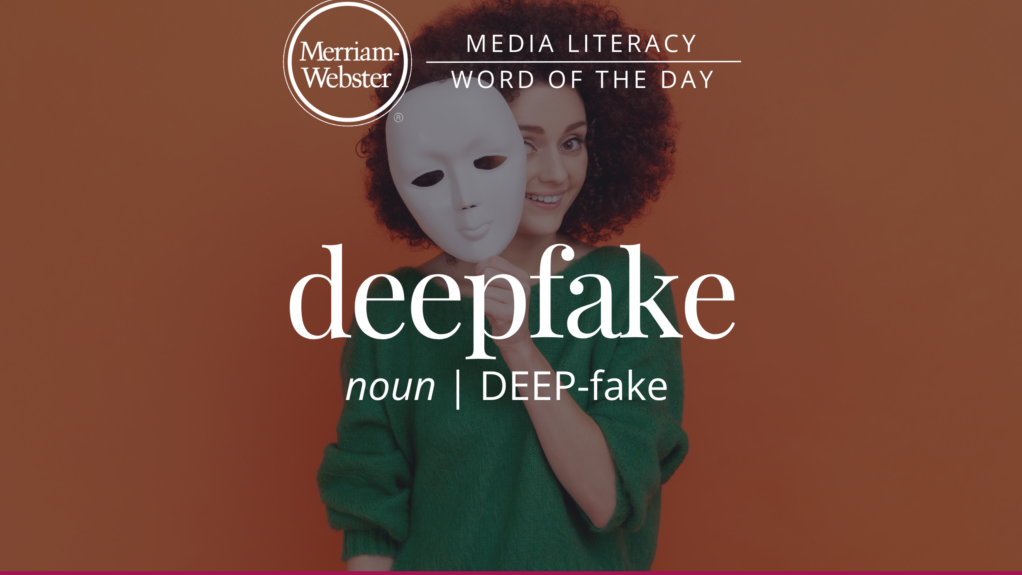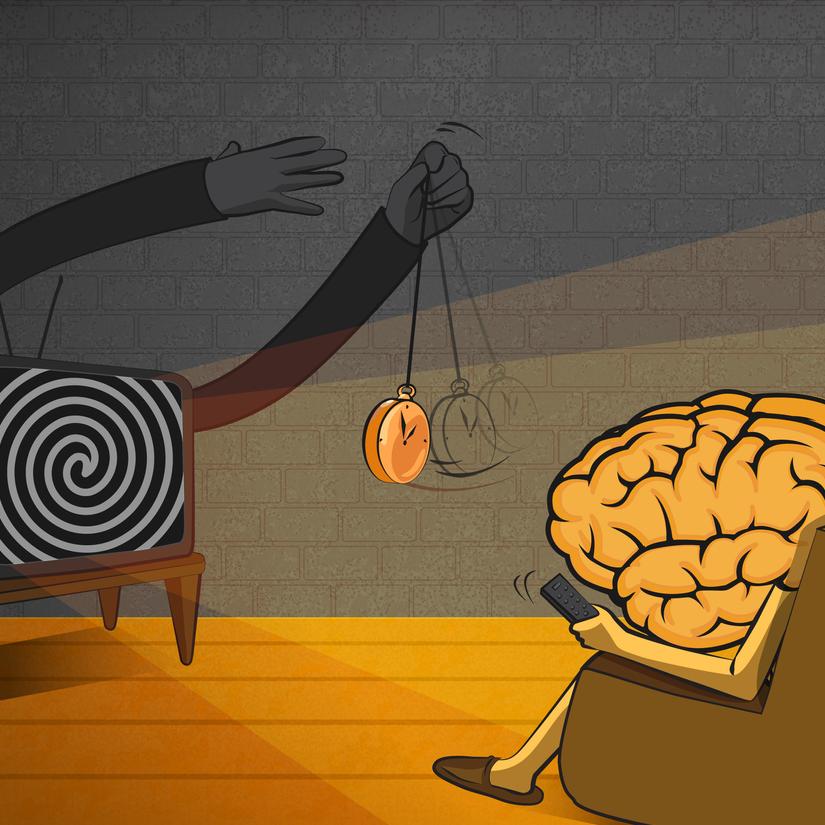by Beth Staats
Quick Summary
Britannica offers a free Media Literacy Guide as well as classroom activities to help media literacy terms stick.

Lateral thinking, echo chamber, and generative AI, are a few of the media literacy terms that Brittanica wants students and educators to master with their free Media Literacy Guidebook and classroom activities. This Guide for navigating modern media can be downloaded at https://britannicaeducation.com/blog.
The guide includes a Mass Media Evolution Timeline, educator strategies for digital navigation, tips and tools for fostering media literacy, and interactive classroom activites. Activities include crossword puzzles and Disinformation Detective, plus many more. Britannica describes literacy as the "capacity to communicate using inscribed, printed, or electronic signs or symbols, while media literacy takes this a step further, adding to traditional literacy skills to account for new types of media."
They claim that more than 50% of students are not even "moderately confident" in whether they can recognize false information online. This free guide, as well as other resources, is a way for Britannica to offer educators techniques to help students identify biases, evaluate sources, recognize false information, and make informed decisions about a diverse range of media.


